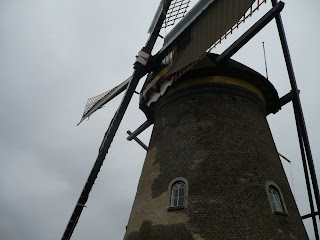Phyllis Rose recently said, “I have always loved Roland Barthes's essay, "The Writer on Holiday." This is what I remembered its saying: the writer is never on holiday. When Flaubert is in Egypt, going to brothels, he is really at work. When Henry James goes to dinner parties, he is at work. When Dickens produces threatricals, he is at work. Everything writers do is valuable because everything they do, potentially, is inspiration. Nothing in a writer's life is wasted. Since ultimately what we all want most is to have our time on earth prove to be valuable, we examine writers' lives to learn how to turn what ever happens to us into something useful or beautiful. Writers are models of creative alchemy, and at the heart of our interest in their lives is the appeal –mythic, perhaps–of a life in which everything counts.”
I can’t help but agree with Barthes. When I was first in Hawaii I was on vacation, but the remarkable thing is that my vacation was the shortest on memory. I found myself writing about the people I had already talked with and who had opened up with extraordinary stories of their own – and that all happened within the first day on the first island I visited.
The first person I took serious notice of was a woman who was giving sample massages with her “kneel down” massage table. She was massaging a young man’s back when I approached her, partly out of curiosity. I realized she was offering samples and so I took my turn and waited. When she was ready she looked at me and I saw that she had a black eye. We were on the edge of a pond in the middle of a resort hotel and I was struck by her face. After the massage I engaged her to give my wife and me massages in our rooms the next day. Thinking about that black eye, I set about to begin a story: I knew there was a story and I knew that somewhere she had suffered from a love gone wrong. By the time she arrived the next day I discovered that she had no black eye, that I had virtually hallucinated it, or possibly I had misinterpreted a shadow. But it did not matter. The story was already taking shape in my mind.
The massage therapist did tell me her story, though. It was different from the one I wrote, but it was still a wonderful story of rejection and pain resulting from her trying to start a new life in Kauai. The locals, mostly Hawaiians, for some reason took a dislike to her and refused to talk to her, even refused to deliver her mail. It took her months to find her way and to make her life in Hawaii acceptable in even the most basic terms.












